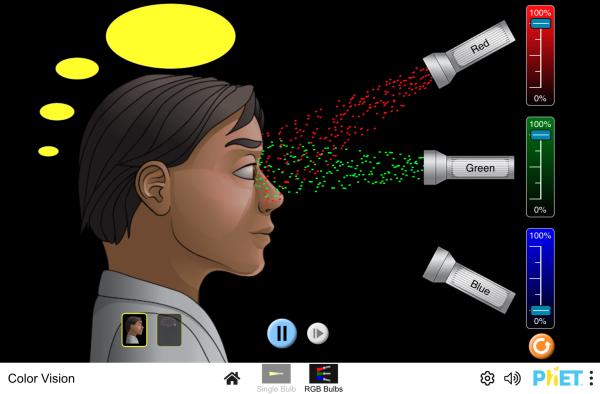Biology and Geology 3
Labels
- contest (1)
- Dic (1)
- Environment (1)
- extra (12)
- health (5)
- homework (17)
- Interaction (14)
- news (1)
- Nutrition (12)
- Reproduction (3)
- Systems related to nutrition (12)
- The cell (6)
- voc (1)
Questionnaire: backpack project
Assessment criteria. Units 2 and 3
- Differentiate between nutrient and food and between nutrition and feeding.
- Classify the different nutrients, explain their function in the organism, explain their structure and give examples of food that contains those nutrients.
- Explain the function of four vitamins and four minerals and give examples of food that contains those vitamins and minerals.
- Explain the role of fiber in our body.
- Explain what cholesterol is, how it is delivered through the blood to the body (LDL. HDL), how it is deposited in the walls of the blood vessels (atherosclerosis) and how to control the level of cholesterol in your body with the diet (saturated and unsaturated fats and trans-fats).
- Explain the concept of diet and the concept of balanced diet (nutrient and energy balance).
- Explain how to know if your diet is a balanced diet (food wheel,food pyramid,percentage of nutrients, energy in and energy out).
- Know the percentage of each nutrient (carbohydrates, proteins and lipids) in a balanced diet.
- Explain the causes and effects of some food-relatated illnesses: undernutrition (rickets, anorexia, bulimia), overnutrition, deficiency diseases (avitaminosis).
- Describe three examples of biological contamination of food.
- Know what a food additive is, explain the function of each type and give an opinion about them.
- Explain the main food conservation methods and what they are based on.
- Given a label, explain the information on it (preservatives, additives, nutrients, energy).
Subscribe to:
Posts (Atom)


